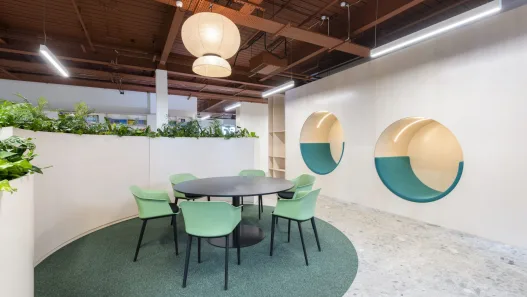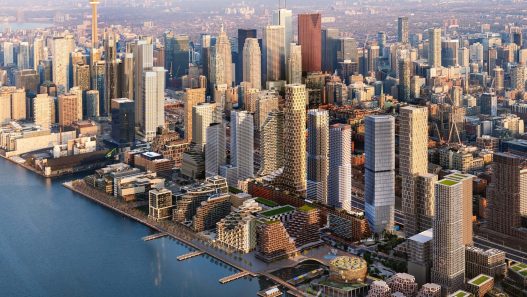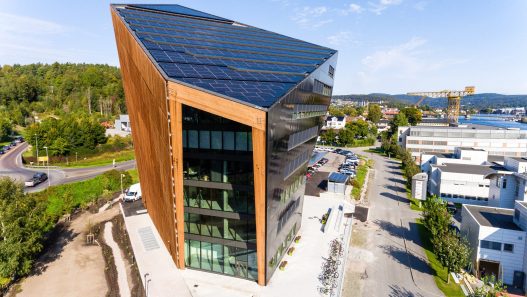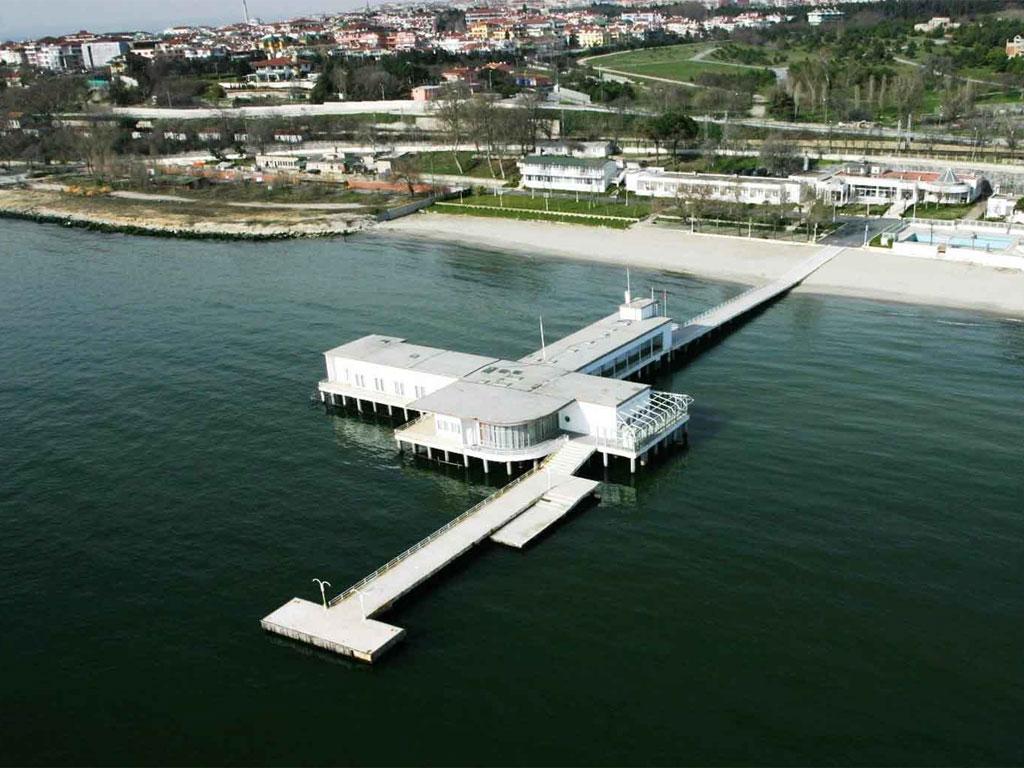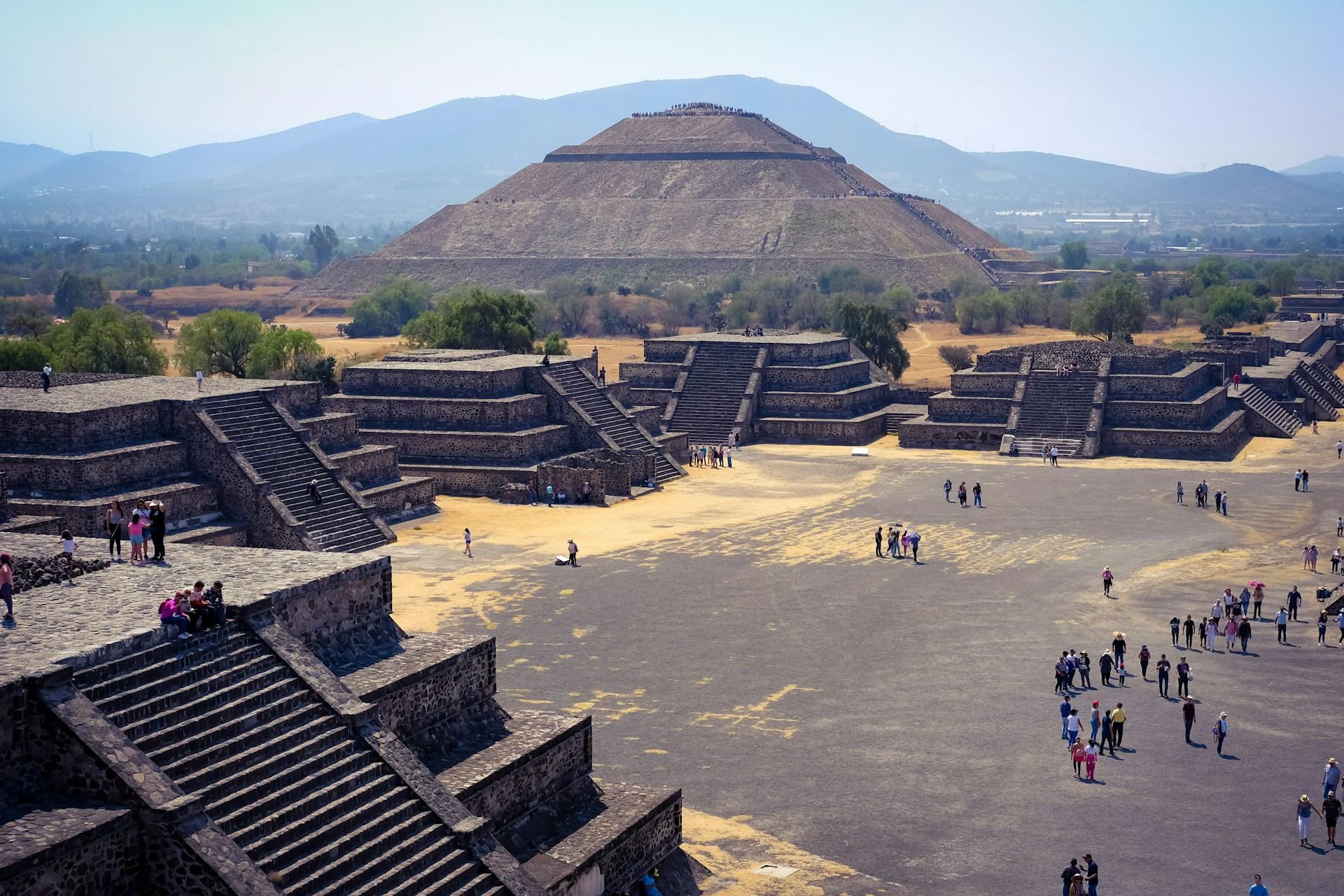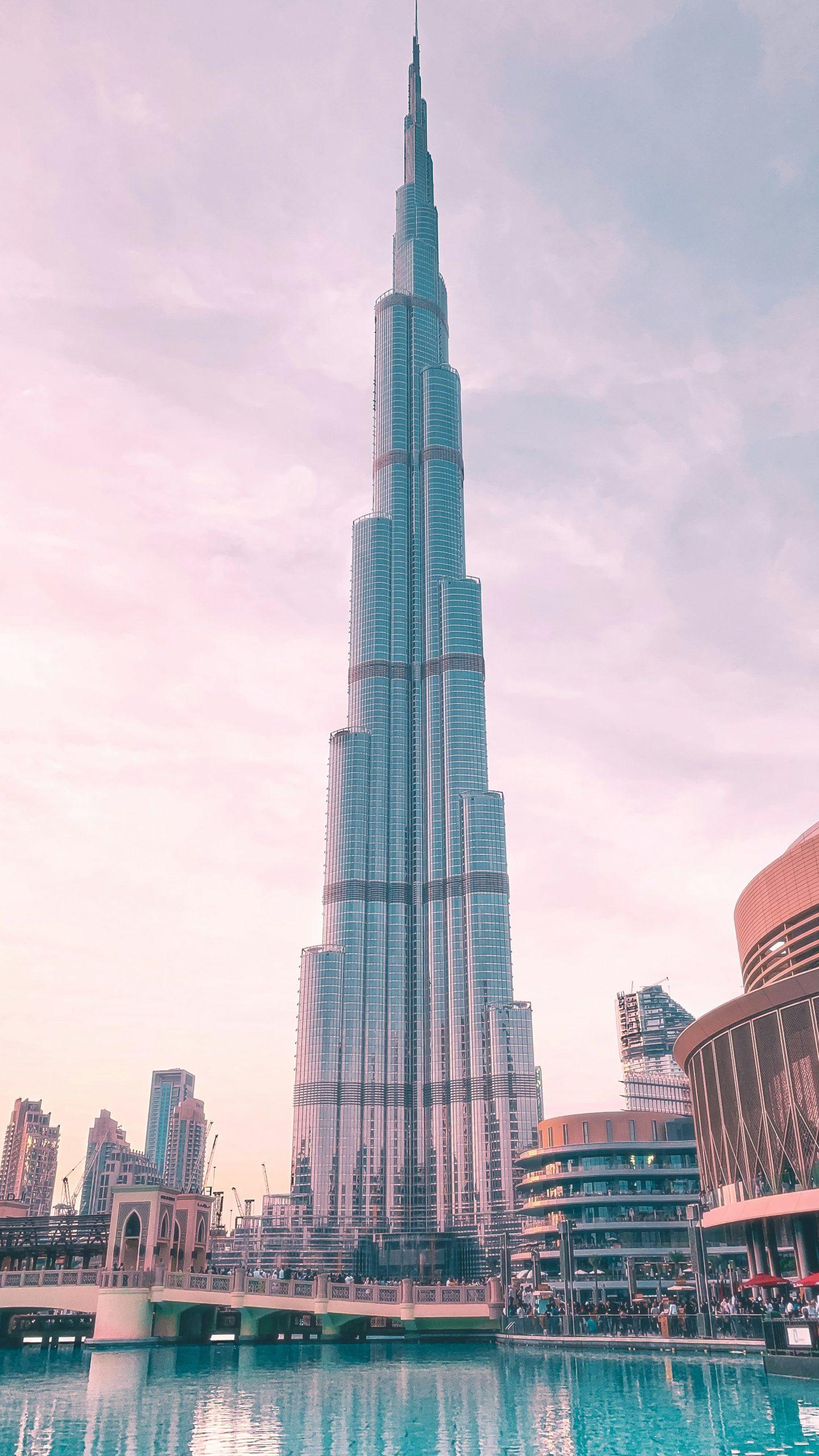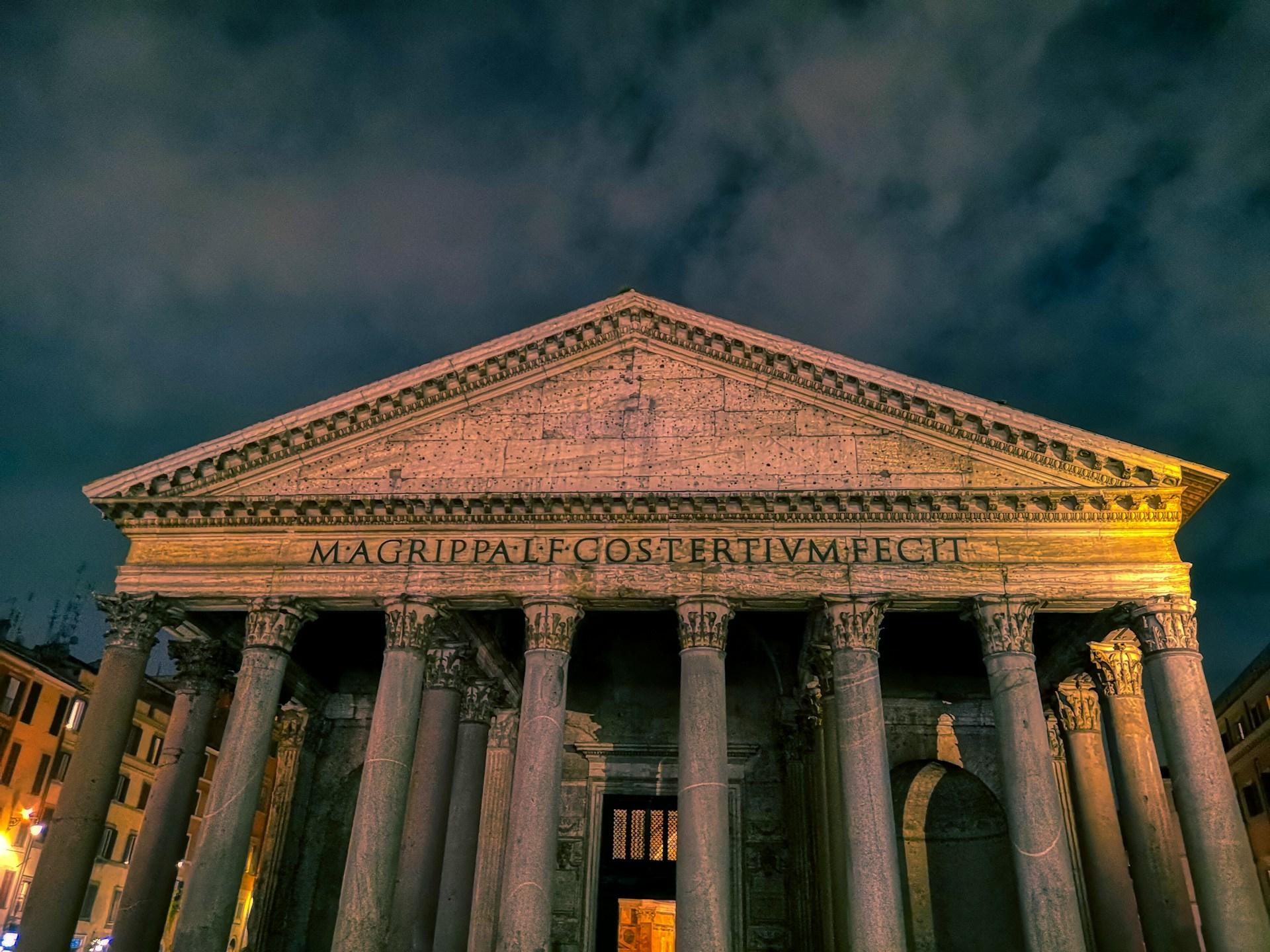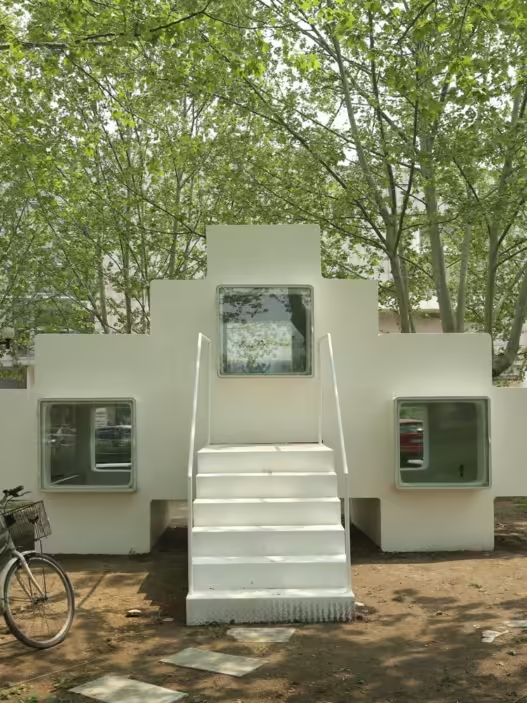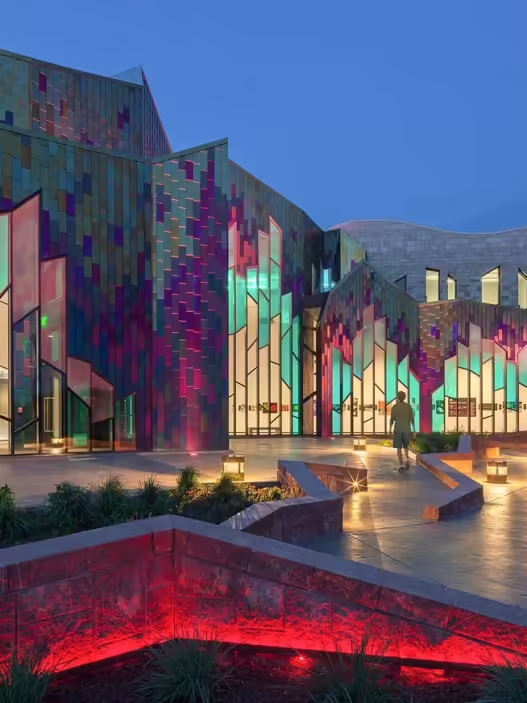The Ethnography Museum is an important place that houses a magnificent collection of cultural heritage and offers visitors the opportunity to trace the traces of the past. In this article, I will focus on the architecture of the Ethnography Museum, emphasizing the excitement and importance of getting to know this important building first-hand.
The architecture of the Ethnography Museum is important not only as a building design, but also as a cultural symbol. The exterior of the museum offers visitors a visual journey through traditional architectural styles. Perhaps inspired by local architectural styles, perhaps designed with a modern approach. But in any case, this architectural design gives visitors a sense of the aesthetic and structural features of the past.
The interiors of the building are also unique. The exhibition spaces are carefully organized and designed to showcase the collections. As visitors move from room to room, they encounter cultural artifacts from different eras. This interior arrangement gives visitors a sense of time travel and allows them to gain a deeper understanding of the lifestyles of past cultures.
The importance of the museum’s architecture is not only in providing an aesthetic experience, but also plays a vital role in preserving cultural heritage and passing it on to future generations. Architectural design functions as a visual expression of cultural heritage and emphasizes its continuity and importance.
Highlights
- The Ethnography Museum is an important building that reflects cultural and historical heritage with its architectural structure.
- The museum building bears important features of traditional Turkish architecture and offers a visual feast to visitors.
- The exterior of the building is decorated with details typical of Ottoman-era architecture and offers a remarkable aesthetic.
- The interior of the museum is spacious and bright, offering visitors a comfortable sightseeing experience.
- Inside, the galleries displaying historical artifacts are carefully arranged and offer visitors the opportunity to interact with the content.
- The interior architecture of the museum is adorned with details that reflect the rich Turkish culture and history.
- Restoration work has been carefully carried out to preserve the original architectural features of the building.
- The museum offers a rich experience not only architecturally, but also through its collections.
- Interactive exhibitions and events are organized to give visitors an in-depth understanding of Turkish culture and history.
- The Ethnography Museum is an important part of the Turkish architectural heritage and plays a critical role in preserving and transmitting cultural memory to future generations.
Let’s examine this magnificent building that witnessed the republic together.
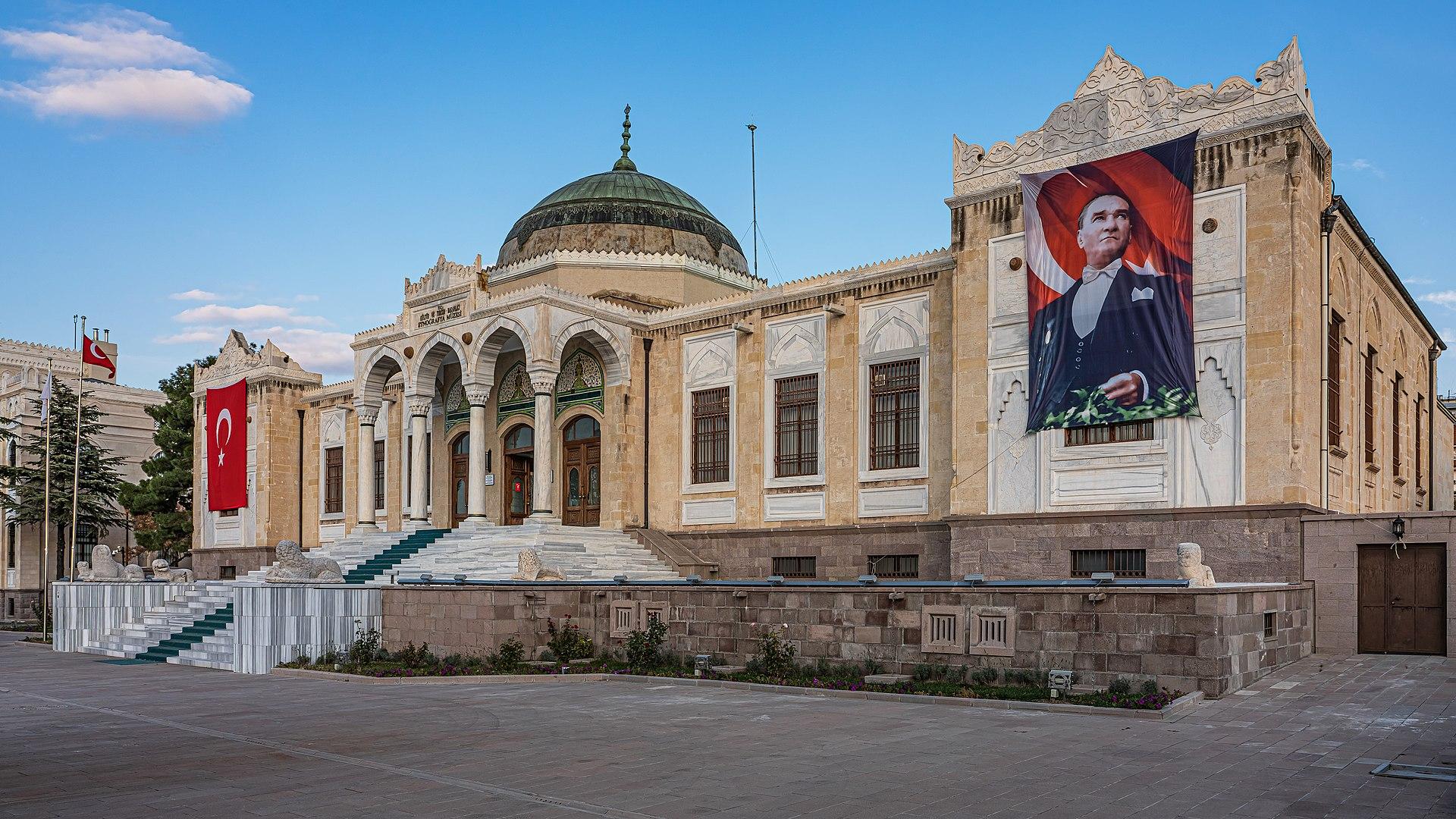
Architectural Features of the Ethnography Museum
The Ethnography Museum is one of the most magnificent architectural structures in Turkey. The architectural design of the building dazzles with its magnificent facade details and remarkable planning.
Style Elements
The architectural design of the Ethnography Museum combines traditional and modern elements. On the exterior of the building, details from the Ottoman Empire are blended with modern architectural lines. This blend gives the building a unique character and aesthetic. In particular, the building’s dome-shaped roof and ornamentation bear traces of Ottoman architecture.
“The diversity and aesthetic richness of the Ethnographic Museum’s architecture is truly impressive. The building is a monument that harmoniously blends historical and contemporary elements.”
Planning
The planning of the Ethnographic Museum is impressively thought out. The arrangement and use of the spaces within the building are designed to best serve the museum’s collections and exhibitions. The arrangement of the gallery spaces within the museum provides a large and open space for the audience to better experience the works on display.
“The planning of the Ethnographic Museum aims to provide visitors with a comfortable sightseeing experience. The gallery spaces are ideally arranged so that visitors can easily access the exhibits and examine them closely.



Architectural Techniques and Detailing
Various architectural techniques were used in the construction of the Ethnography Museum. The choice of materials used in the construction of the building and the quality of workmanship have increased the durability and aesthetic value of the building. In addition, the detailing of the building is crowned with fine workmanship and elaborate ornamentation.
“The architectural details of the Ethnography Museum add character and elegance to the building. The subtlety of the detailing works stands out as an important element that reveals architectural beauty.”
With the architectural analysis of the Ethnography Museum, we can learn more about this unique building by examining its style elements, planning, architectural techniques and detailing works.
Ethnography Museum Architectural Structure
Ethnography Museum is a historical building located in Beşiktaş district of Istanbul. The museum was built in 1875 by the architect Alexandre Vallaury. The building has an important place among the architectural structures built during the Ottoman Empire.
Architectural Design
The basic architectural design of the Ethnographic Museum was built in Neo-Classical style. The large columns and embroidered friezes on the façade are characteristic elements of this style. Another striking feature of the museum is its high ceilings and wide corridors.
Floor Plans
Inside the museum there are exhibition halls, corridors and administrative offices on different floors. Each floor is dedicated to a different theme or zone and showcases various collections to visitors.
| Floor | Exhibition Area |
|---|---|
| Ground Floor | Old Turkish Artifacts |
| 1st floor | Anatolian Cultures |
| 2nd floor | Middle East Cultures |
| 3rd floor | Asian Cultures |
Construction Process
The construction of the Ethnographic Museum was a laborious task. With the start of construction, hundreds of workers and craftsmen were employed. Stone transportation and processing, iron forging, wood carving, etc. required different skills. It took many years to complete the building.
“The Ethnography Museum offers an unforgettable experience to its visitors with its architectural details and fascinating structure.” – Architects Association
The architectural structure of the Ethnography Museum is of great importance with its historical and artistic value. Visitors to the museum have the opportunity to witness history while exploring this unique structure.
Ethnography Museum Architectural Details
When we look at the interior details, we can see that the Ethnography Museum has a carefully designed interior. In the entrance hall of the museum, ceiling decorations and large paintings on the walls attract attention. In addition, the showcases and lighting systems used in the exhibition areas allow visitors to examine the artifacts in the best possible way.



As for the exterior details, the impressive facade design of the Ethnography Museum draws attention. The large windows and decorative ornaments on the façade of the building stand out architecturally. In addition, the different materials used on the ground and upper floors of the building create architectural contrast.
| Architectural Details | Description |
|---|---|
| Interior Decorations | The ceiling decorations and murals in the interior of the Ethnography Museum are designed with great care. |
| Showcases | The showcases used in the exhibition areas ensure that the artifacts are safely displayed and examined in the best way. |
| Facade Design | The large windows and decorative ornaments on the façade of the Ethnographic Museum are architecturally striking. |
| Different Materials | The different materials used on the ground and upper floors of the building create an architectural contrast and are visually interesting. |
Museum Exhibits
The Ethnography Museum is a museum that exhibits various examples of Turkish art from the Seljuk period to the present day. In the museum, there are representatives of old traditional Turkish art collected from different regions of Anatolia, such as folk clothes, ornaments, shoes, clogs, women’s and men’s socks specific to Sivas region, various pouches, embroidery, girdles, kits, loincloths, bundles, bedspreads, bridal outfits and groom’s shaving suits.
The museum’s collection includes carpets and rugs woven with technical materials and patterns unique to the Turks, as well as carpets from Uşak, Gördes, Bergama, There are examples from carpet weaving centers such as Kula, Milas, Ladik, Karaman, Niğde and Kırşehir .
In addition, various metal artifacts such as Mamluk cauldrons dating from the XVth century, Ottoman sherbet cauldrons, kegs, basins, sinis, coffee trays, sahans, bowls, candle scissors, and weapons such as Ottoman Period bows, arrows, flintlock pistols, rifles, swords, yatagans and an Ottoman State coat of arms bearing the monogram of Sultan Mahmud II are exhibited in the museum.

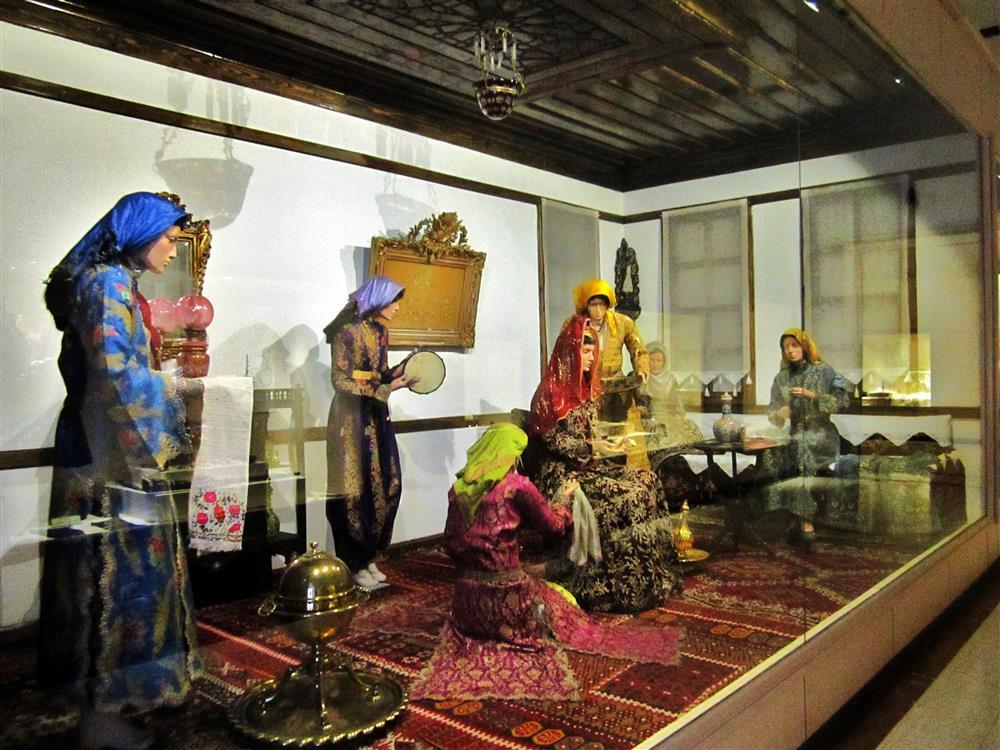



Turkish porcelain tiles, Kütahya porcelain, items related to Sufism and religious orders, and beautiful examples of Turkish writing are among the other important pieces of the museum.
In addition, the throne of the Seljuk Sultan Keyhüsrev III(13th century), the Ahi Şerafettin Sanduka (14th century), the mihrab of the Taşhur Pasha Mosque in Damsa Village of Nevşehir Ürgüp (12th century), the mihrab of the Siirt Ulu Mosque (12th century), which are rare examples of Turkish woodworking. century), Siirt Ulu Mosque Mimberi (12th century) and Merzifon Çelebi Sultan Madrasah Gate (15th century) are also noteworthy pieces of the museum.
The museum also sheds light on the history of Turkish art from various periods through the collection donated by Besim Atalay, a member of the VIIth Parliament. There is also a specialized library containing works on Anatolian ethnography, folklore and art history.
Architectural History of the Ethnography Museum
The Ethnography Museum was built during the Ottoman period in the 19th century. At that time, it was not used as a museum, but was used for different purposes. Due to its architectural character and location, it was recently decided to convert it into an Ethnographic Museum.
The architectural history of the museum reflects many periods and different style elements. This building, where you can see the effects of Ottoman period architecture, attracts attention with its elegant details and aesthetic solutions.
The Ethnography Museum is also important depending on its past uses. For example, it is known that it was once used as a palace. These past uses contribute to the architectural history and value of the building.
In addition to its architectural history, the Ethnography Museum also has a cultural and artistic heritage. The artifacts exhibited in the museum are important documents reflecting the past and culture. At the point where these artifacts merge with architectural history, visitors are offered a holistic experience.
Historical Significance
The Ethnographic Museum is of great historical significance for its contribution to Turkey’s cultural and historical heritage. Its architectural history and past uses reflect the periodic changes and cultural diversity of Turkey. The museum is therefore of great interest to tourists and locals alike.
With its architectural details and historical significance, the building has become one of Turkey’s major tourist attractions. It is one of the first choices of visitors who want to explore its architectural history and have a cultural experience.
| History | Important Events |
|---|---|
| 19th century | Construction period |
| 20th century | Different uses and transformations |
| From past to present | Use as an Ethnography Museum |
Visiting Hours
The museum is open to visitors every day of the week. It can be visited between 09:00 and 18:00 on other days of the week except Mondays and between 13:00 and 18:00 on Mondays.
Frequently Asked Questions About Ethnography Museum
- What is the architecture of the Ethnography Museum?
- The Ethnography Museum is a building that reflects the characteristics of traditional Turkish architecture. It generally bears traces of Ottoman architecture and is decorated with classical Turkish motifs.
- What is the architectural style of the museum?
- The architectural style of the Ethnography Museum is generally based on Ottoman architecture. Seljuk and Anatolian Turkish architecture can also be seen.
- What is the interior design of the museum?
- The interior design is planned to present visitors with exhibits reflecting Turkish culture and lifestyle from the past to the present. Traditional Turkish motifs and decorations adorn the interior.
- What does the exterior of the museum look like?
- The exterior of the Ethnographic Museum is usually characterized by tile roofs, wooden decorations and Ottoman-style windows. It has an elegant appearance.
- What kind of artifacts are exhibited inside the museum?
- The artifacts on display in the museum include traditional Turkish handicrafts, textiles, ornaments, jewelry and more.
- What is the date the museum was built?
- The construction date of the Ethnography Museum usually varies depending on the region where the museum is located. However, it usually dates back to the late 19th or early 20th century.
- Where is the museum located?
- The Ethnography Museum is usually located in the centers or historical districts of large cities. The location of the museum may vary depending on the city.
- Müzenin çevresinde ne gibi olanaklar bulunmaktadır?
- Müzenin çevresinde genellikle tarihi ve turistik yerler, alışveriş alanları, restoranlar ve kafeler bulunabilir. Ziyaretçiler genellikle müzeyi ziyaret ettikten sonra çevredeki diğer yerleri de keşfetmek için zaman ayırabilirler.
- Müzeye nasıl ulaşım sağlanabilir?
- Müzeye genellikle toplu taşıma araçlarıyla veya özel araçla ulaşılabilir. Şehrinize göre farklılık gösterebilir, ancak genellikle müzeye ulaşım kolaydır.
- Müzenin ziyaret saatleri ve ücreti nedir?
- Müzenin ziyaret saatleri ve ücreti genellikle müzenin işletme politikasına ve bulunduğu şehre göre değişiklik gösterebilir. Müzenin resmi web sitesi veya yerel bilgilendirme kaynakları bu konuda güncel bilgi sağlayabilir.
My Thoughts on the Ethnography Museum
The Ethnography Museum is an important institution that offers the opportunity to travel deep into our cultural heritage. This museum offers a rich perspective from the past to the present, allowing visitors to explore lifestyles, traditions and social structures that have diversified throughout history.
The Ethnographic Museum has an important role not only as a place to gain knowledge, but also as a platform for building bridges between different cultures and celebrating cultural diversity. The museum offers a culturally rich experience, while also helping us understand our past and pass it on to future generations. We can say that the Ethnography Museum is a valuable resource for the preservation and transmission of our cultural heritage to future generations.
If you haven’t read it yet, you can also review our Selimiye Mosque / Future Design review…
Architect: Arif Hikmet Koyunoglu
Architectural Style: Neoclassical
Year: 1928
Location: Ankara, Turkey





